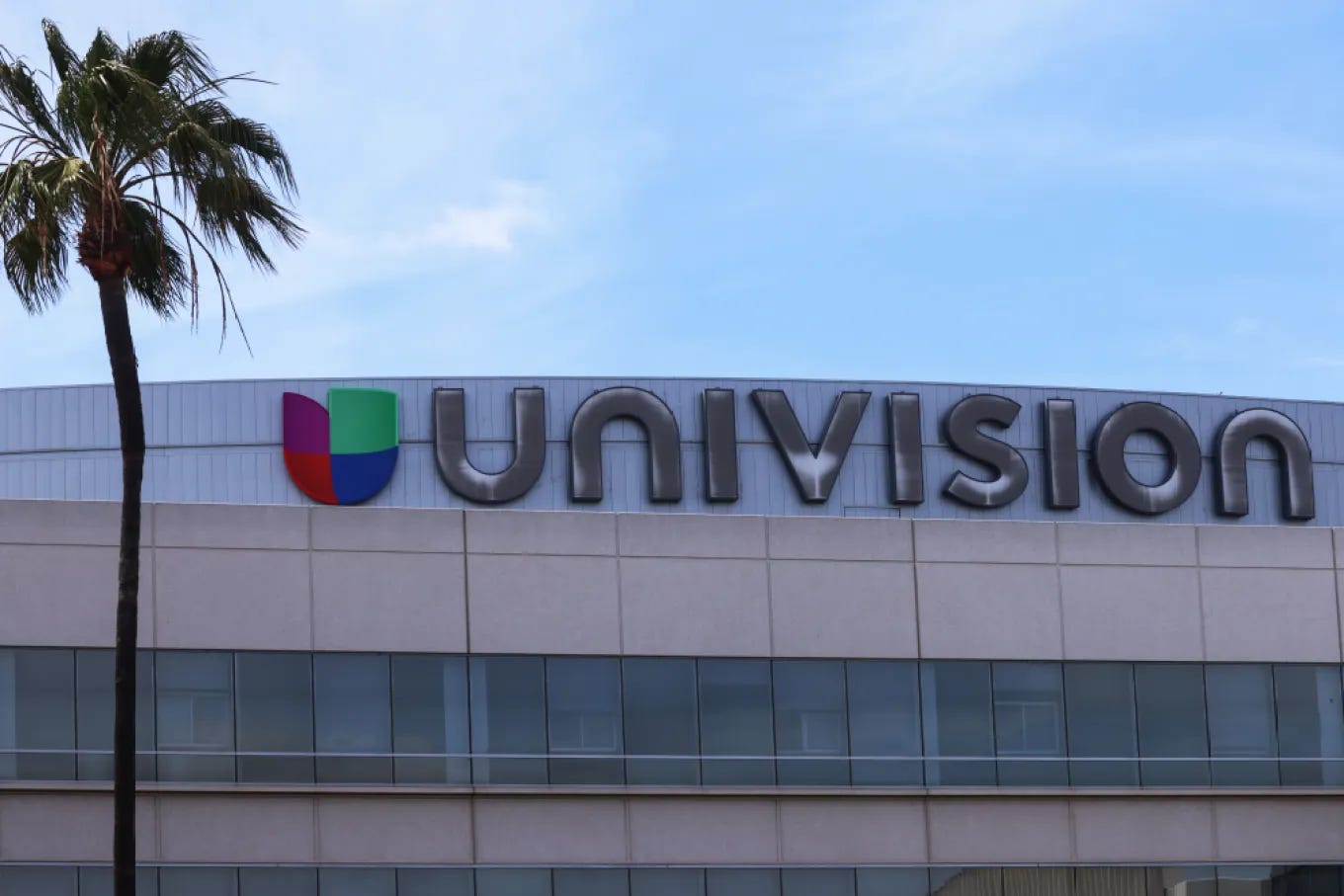Distribution Battles, Rights Fights, and AI Rulebooks
Platforms, states, and studios are redrawing the lines of access, authorship, and control and the defaults they set won’t stay neutral.
The week’s stories trace similar arcs from different angles. Who decides what audiences can see, create, or trust. Google frames Univision as expendable. OpenAI tries to make its model into a social feed. California steps in where Washington hasn’t. Disney tests whether it can still wall off its characters in a generative world. Each is a contest over control, with stakes that reach far beyond the immediate fight.
Univision Goes Dark on YouTube TV
Televisa Univision channels (including Univision, UniMás, Galavisión, and TUDN) have vanished from YouTube TV after contract talks broke down. Google argues the networks represent only a “tiny fraction” of live TV consumption. TelevisaUnivision calls the blackout “tone-deaf,” pointing out the timing during Hispanic Heritage Month and accusing Google of pushing a “Hispanic tax” by moving Spanish-language channels to a separate paid tier. Lawmakers from both parties are already weighing in.
Why it matters: Blackouts are routine in pay-TV. But thi…
Keep reading with a 7-day free trial
Subscribe to Andy Beach's Engines of Change to keep reading this post and get 7 days of free access to the full post archives.


